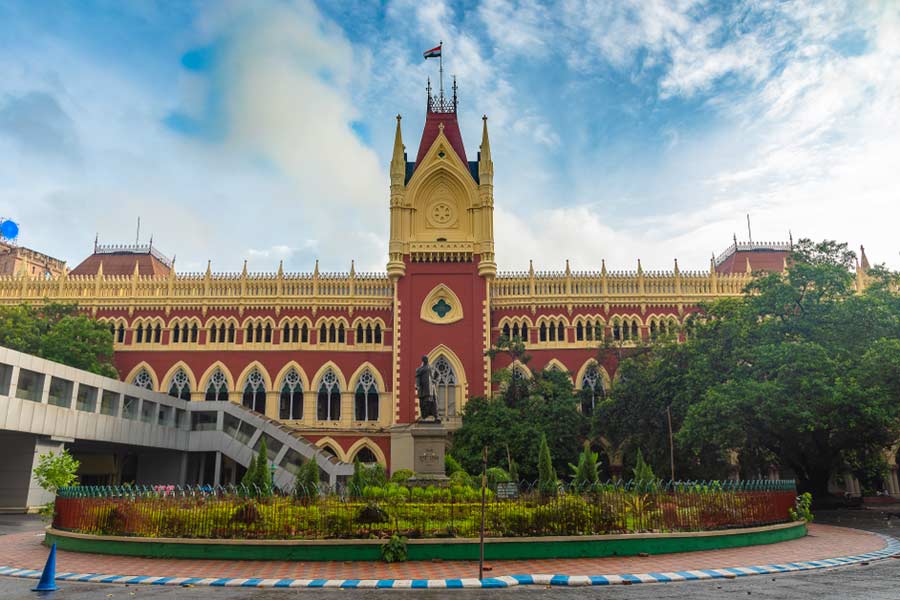Nature in all her temperamentality and shifting moods animates Jayashree Chakravarty’s turbulent canvases and installations at the Akar Prakar exhibition titled A Wired Ecology (November 12-December 15, 2019). The foolhardiness of human beings unaware of the self-destructive consequences of the ceaseless assault on nature played a pivotal role in giving shape to her previous works. This was depicted through a plague of insects inhabiting monstrous pods into which viewers could walk. In the exhibition under review, curated once again by Roobina Karode, Chakravarty’s focus has shifted to this tremendous, mysterious life force that nature is and its formidable power to create and to destroy.
In these works, Chakravarty whips up a frenzy of lines, quite in keeping with the exhibition’s title, to create an arboreal universe heaving with life where branches, leaves, roots and entire trees are sucked into a whirlpool of energy. This is not necessarily a negative force, but is the embodiment of nature’s creativity itself. Everything, from the large canvases to the smaller, more spontaneous drawings, is caught up in this turmoil unleashed by this mysterious force that moves the earth itself. It is not a terrifying conceit, but a liberating vision, for it hints at the possibility of the renewal of life itself.
Chakravarty’s pulsing lines cut a swathe across the canvas in a confusion of aerial roots, roll along like tumbleweed, bramble and leaves swept away by high winds, take the shape of tree trunks with bare branches, or turn into a gusher of browns. The tempestuous wind is suggested through striations of white on white impasto, but the effect is one of deep contemplation and of the evanescence of life and volatility of nature. The artist’s mastery over her medium reins in chaos. The small drawings on paper are, by contrast, a tangle of lines with dashes of black. With their confused mass like bristly dandelion seeds, they remind us of a bundle of frazzled nerves.
Chhatrapati Dutta is better known for his installations, but when he was invited by the Society of Contemporary Artists to hold a show at its Kasba address to celebrate the organization’s 60th anniversary, he took recourse to drawings, and a happy decision it was. In the exhibition titled Grand Plan & Allied Narratives (November 13-24, 2019), Dutta uses the metaphor of tortured bodies as his statement on the current political situation in a country that is being dismembered by divisive politics. With a piece of charcoal and paper stained with tea as his weapons, Dutta creates a wide variety of images of bodies on a rack that are bent double till the head touches the toe as if they were being forced to supplicate before a brutal masculine force symbolized by the lotus — a beautiful flower in itself — that a certain political party has turned into a giant phallic symbol.
Dutta uses the power of his imagination and his extraordinary skills as a draughtsman to evoke a series of nightmarish situations where the human spirit, symbolized by the recurrent image of the skeletal form, is crushed by monstrous creatures that stand for the vicious agents of political power right from the days of arrival of the first colonials. His spare lines forcefully evoke the agony and the trauma of human beings in oppressive regimes down the ages.










